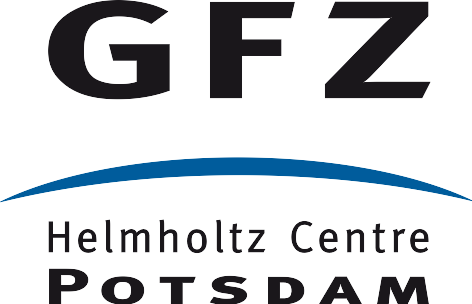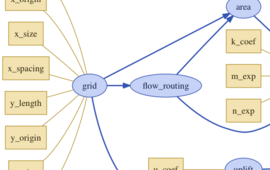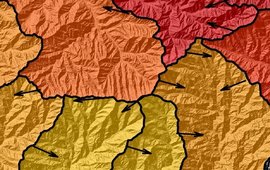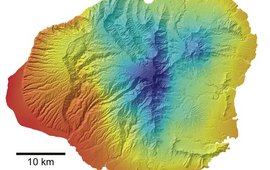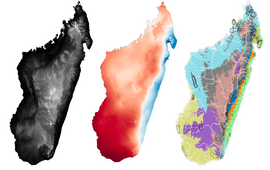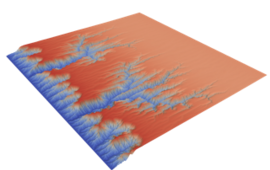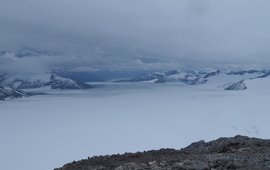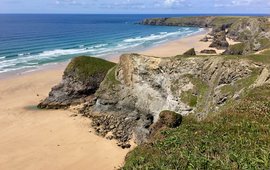PCDL-QuaSPA (Physics-constrained deep learning framework for quantifying surface processes across the Arctic region)
The permafrost-laden landscape of the Arctic is highly susceptible to degradations in the warming climate, and harbours the potential to exacerbate climate change due to its huge store of soil organic carbon. Large-scale monitoring and fast predictive simulations of permafrost-related features and natural systems are thus urgent and important. The project aims to develop both a deep-learning model capable of detecting and quantifying permafrost-landscape changes, and a physics-informed deep-learning framework to enable rapid modelling of complex Arctic surface-processes systems.
